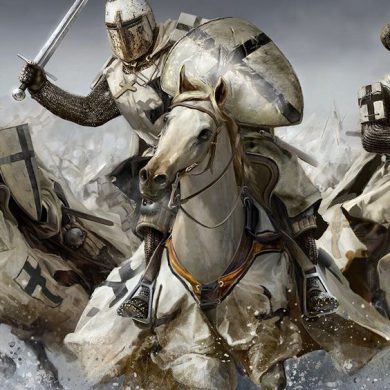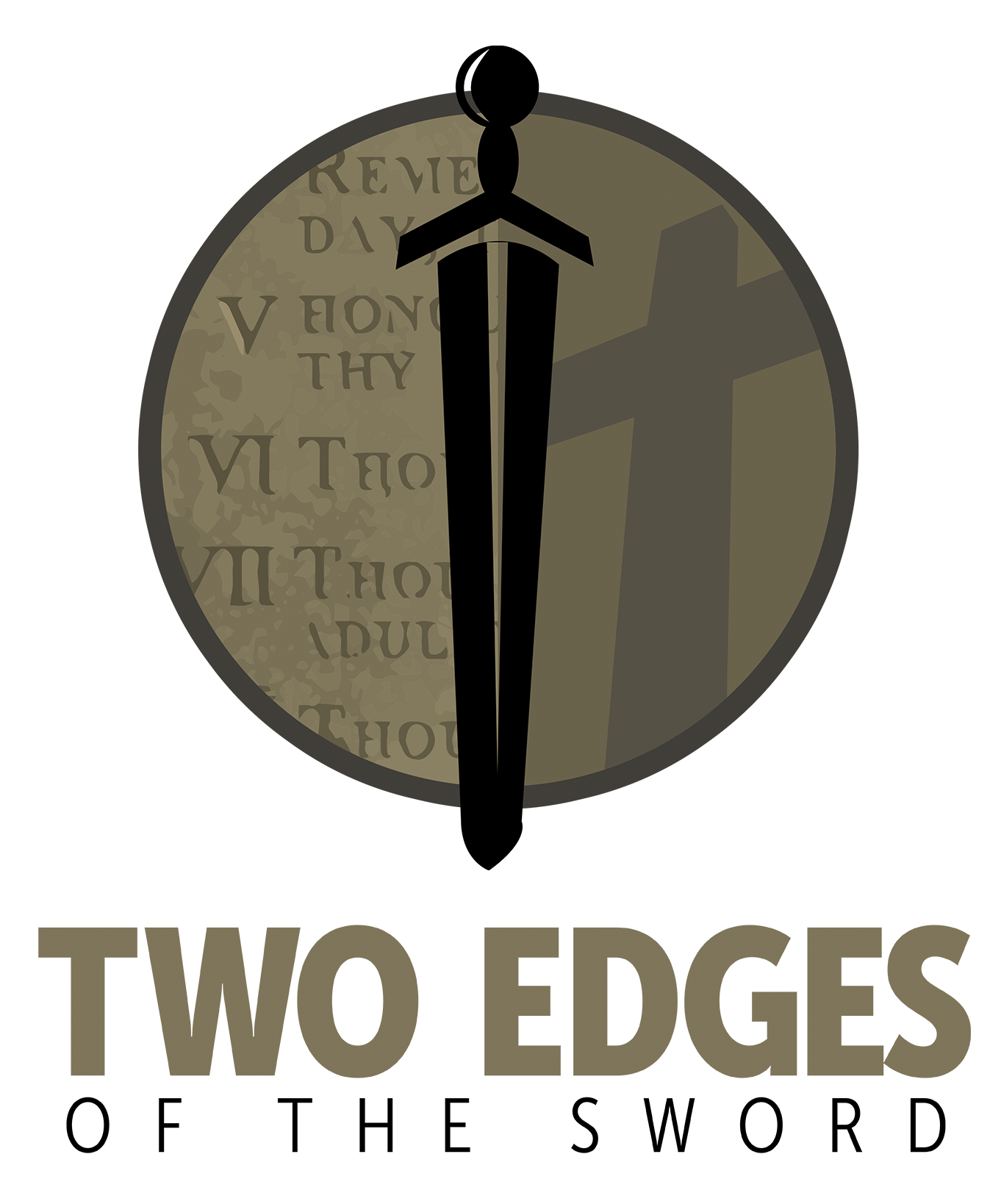Last week we referred to the kingdom of God as a ship, the “ship of the kingdom,” because the diagram of its authority structure looks like a sail boat.
boat.
God the Father, at the top of the diagram, delegated the kingdom to Jesus at His ascension, prophesied in Daniel 7, Psalm 2 and Psalm 110, and pictured in the diagram by the first vertical line. We saw last week that Jesus immediately (four verses later in Daniel 7) then delegated that rule to His people on the earth in all authority situations, for after all, all authority is His to do with as He will (Matthew 28:18).
This assignment of authority to us to rule is not an inner, spiritual authority in our hearts; Jesus alone rules there. No, the kingdom rule He entrusts to us is outer and physical. This delegation of authority is represented by the three vertical lines between Jesus Christ and us, as expressed in the biblically-ordained family, church, and civil government, along with other non-institutional authority relationships, i.e., the marketplace, education, the arts, medicine, organized athletics, etc.
When th e light comes on and God’s people “see” the ship of the kingdom as the outworking of God’s eternal purpose on the earth, our very reason for living, the sails previously becalmed on windless seas now fill with fresh winds. The ship suddenly leaps forward and sets sail toward the fulfillment of that eternal purpose—the rule of Jesus Christ over the earth.
e light comes on and God’s people “see” the ship of the kingdom as the outworking of God’s eternal purpose on the earth, our very reason for living, the sails previously becalmed on windless seas now fill with fresh winds. The ship suddenly leaps forward and sets sail toward the fulfillment of that eternal purpose—the rule of Jesus Christ over the earth.
That sounds like so much religious theory, and it is, until we examine each institution and our biblically-based involvement in them. Then we begin to “see” what God is doing through the eye of faith and not our physical sight that sees nothing but defeat and regression all around us. Faith tells us that this “kingdom idea” is not a pie-in-the sky pipe-dream, but a practical, doable, daily, exciting, fulfilling, personal responsibility given to us by Jesus himself. How so?
Each institution in the diagram is assigned its responsibilities from, and is given the commensurate authority to, carry them out by Jesus Christ Himself. Each always functions according to its jurisdictional limits as defined by the Bible.
For example, you can see that the church never comes between Jesus Christ and the family in the kingdom’s authority structure, so leaders in the church cannot tell a father how he must raise his children or relate to his wife. According to the Bible, their job is to address unrepentant sin in the lives of church members and to teach biblical principles to those they are given to care for, but never to intrude authoritatively into a man’s family kingdom. They must trust that “the head of every man is Christ” (1 Corinthians 11:3), who is personally leading church members individually into all truth.
The civil government, likewise, can never come between Jesus and the church, telling the church what it can and cannot believe, do or preach. That has been recognized historically in America by the church’s freedom from taxation, a recognition of its independence from the state. The civil government’s authority is only in the lives of its citizens in the civic sphere, i.e. to insure compliance to civil law as defined in the Bible.
Therefore, one can see that a man may be the head of a family where he exercises the authority of Jesus Christ as the head of his home, loving and giving leadership, protection and provision to his wife and children. He also may be simultaneously a member of the church, where he submits to the instruction and care of the elders. He also, at the same time, is a citizen of the country in which he lives where he obeys the laws of the land and submits himself to the magistrates that administer that law.
Each institution’s limited authority is characterized by unique symbols. The authority symbol in the family is the rod (Proverbs 22:15), the instrument by which children are trained in the way of the kingdom. Its proper application is indispensable in preparing children for life. It signifies the authority the parent exercises in his child’s life to train the child to obey.
However, that authority is not total. The parent is not allowed, biblically, to execute his rebellious teen-ager, even if he commits a capital crime such as murder. Capital punishment is reserved to the state and is symbolized by “the sword” (Romans 13:4). The parameters defining the application of the sword are clearly defined in the Bible, including the quality of the evidence warranting such a punishment.
The church does not spank (flog) or execute, or deal with crime at all. It possesses “the keys to the kingdom” as a symbol of its authority (Matthew 16:19). The keys signify its ability to bring people into the kingdom by the proclamation of the gospel and to declare them outside the kingdom by excommunication (1 Corinthians 5:9-13).
So, the lights are on, the wind is blowing and the sails are full. The kingdom authority structures are all in place and the journey is under way to the destination, the universal rule of Jesus Christ, from His throne in heaven, through His body on the earth. Next week we will see how the crew—the family, the church, and the civil government—functions together to get there.
